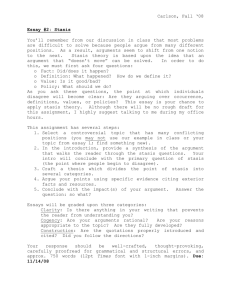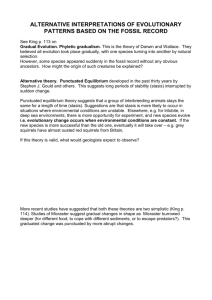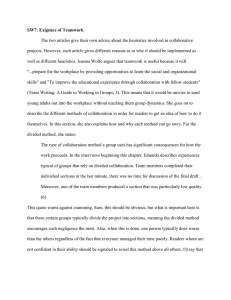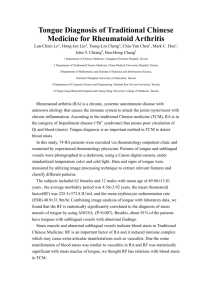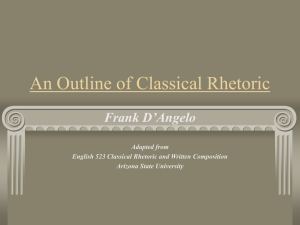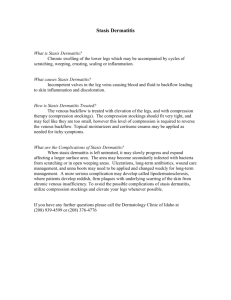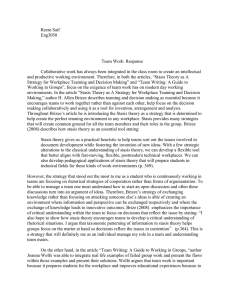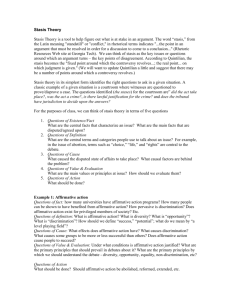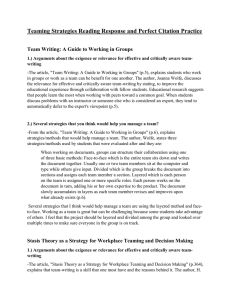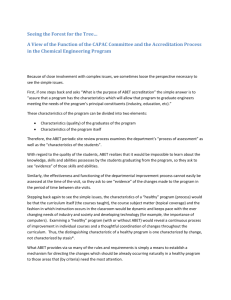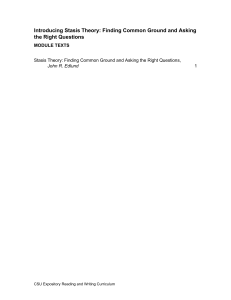Suslov V.V.
advertisement
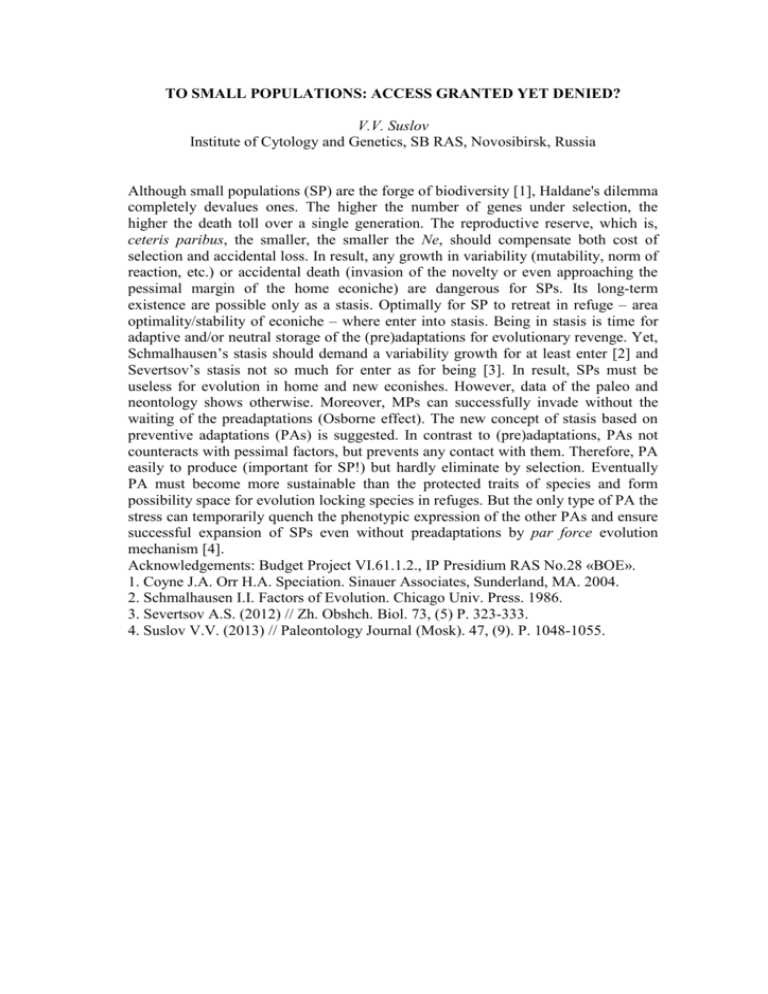
TO SMALL POPULATIONS: ACCESS GRANTED YET DENIED? V.V. Suslov Institute of Cytology and Genetics, SB RAS, Novosibirsk, Russia Although small populations (SP) are the forge of biodiversity [1], Haldane's dilemma completely devalues ones. The higher the number of genes under selection, the higher the death toll over a single generation. The reproductive reserve, which is, ceteris paribus, the smaller, the smaller the Ne, should compensate both cost of selection and accidental loss. In result, any growth in variability (mutability, norm of reaction, etc.) or accidental death (invasion of the novelty or even approaching the pessimal margin of the home econiche) are dangerous for SPs. Its long-term existence are possible only as a stasis. Optimally for SP to retreat in refuge – area optimality/stability of econiche – where enter into stasis. Being in stasis is time for adaptive and/or neutral storage of the (pre)adaptations for evolutionary revenge. Yet, Schmalhausen’s stasis should demand a variability growth for at least enter [2] and Severtsov’s stasis not so much for enter as for being [3]. In result, SPs must be useless for evolution in home and new econishes. However, data of the paleo and neontology shows otherwise. Moreover, MPs can successfully invade without the waiting of the preadaptations (Osborne effect). The new concept of stasis based on preventive adaptations (PAs) is suggested. In contrast to (pre)adaptations, PAs not counteracts with pessimal factors, but prevents any contact with them. Therefore, PA easily to produce (important for SP!) but hardly eliminate by selection. Eventually PA must become more sustainable than the protected traits of species and form possibility space for evolution locking species in refuges. But the only type of PA the stress can temporarily quench the phenotypic expression of the other PAs and ensure successful expansion of SPs even without preadaptations by par force evolution mechanism [4]. Acknowledgements: Budget Project VI.61.1.2., IP Presidium RAS No.28 «BOE». 1. Coyne J.A. Orr H.A. Speciation. Sinauer Associates, Sunderland, MA. 2004. 2. Schmalhausen I.I. Factors of Evolution. Chicago Univ. Press. 1986. 3. Severtsov A.S. (2012) // Zh. Obshch. Biol. 73, (5) P. 323-333. 4. Suslov V.V. (2013) // Paleontology Journal (Mosk). 47, (9). P. 1048-1055.
